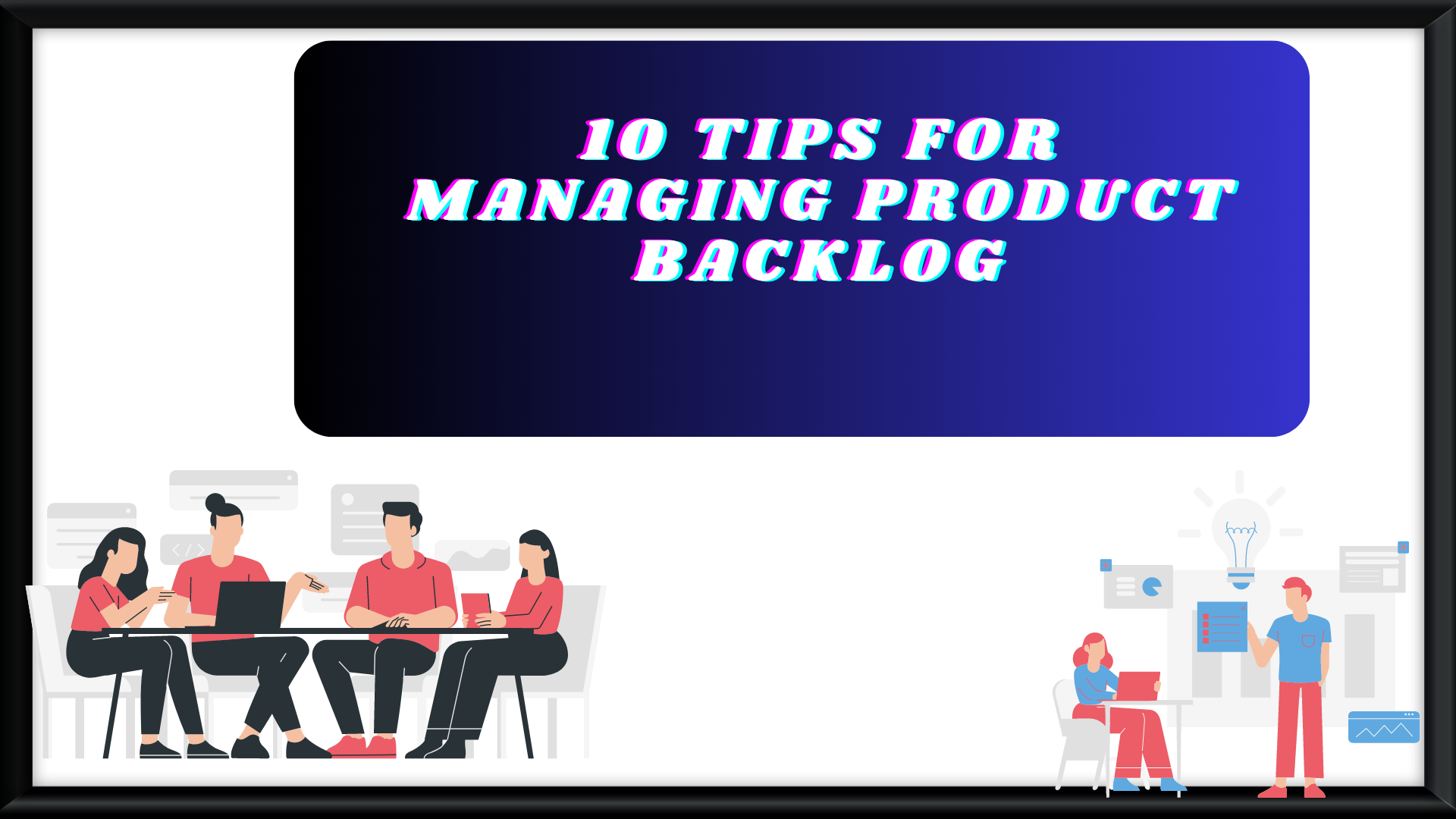A product backlog is a crucial tool for any product development team. It’s a prioritized list of features, enhancements, and bug fixes that need to be addressed in order to deliver value to customers. However, managing a product backlog can be challenging. Here are 10 tips to help you stay organized, prioritize effectively, and deliver value to your customers.

Keep your backlog up-to-date and organized.
One of the most important aspects of managing your product backlog is keeping it up-to-date and organized. This means regularly reviewing and prioritizing items, removing duplicates or outdated items, and ensuring that everyone on the team has access to the most current version. Consider using a tool like Jira or Trello to help you keep track of your backlog and make updates in real-time. Additionally, make sure that your backlog is organized in a way that makes sense for your team and your product, such as by feature or by priority level.
Prioritize based on value and impact.
When managing your product backlog, it’s important to prioritize items based on their value and impact. This means focusing on the items that will deliver the most value to your customers and have the biggest impact on your product’s success. Consider using techniques like user story mapping or impact mapping to help you prioritize effectively. Additionally, make sure to regularly review and adjust your priorities based on feedback from customers and stakeholders.
Break down large tasks into smaller ones.
One of the keys to effective product backlog management is breaking down large tasks into smaller, more manageable ones. This not only makes it easier to prioritize and track progress, but it also helps to ensure that each task is focused and well-defined. Consider using techniques like user story splitting or task decomposition to break down larger items into smaller, more actionable tasks. This will help you stay organized and on track, while also delivering value to your customers more quickly and efficiently.
Involve stakeholders in the prioritization process.
Prioritizing items in your product backlog can be a daunting task, but involving stakeholders in the process can help ensure that you are delivering the most value to your customers. Consider holding regular meetings with stakeholders to review and prioritize items in the backlog. This will not only help you get a better understanding of their needs and priorities, but it will also help build trust and collaboration between your team and your customers. Additionally, involving stakeholders in the process can help ensure that everyone is aligned on the goals and objectives of the project, which can lead to more successful outcomes in the long run.
Use data to inform your decisions.
Data can be a powerful tool when it comes to managing your product backlog. By analyzing metrics such as customer feedback, user engagement, and revenue, you can gain valuable insights into what features and improvements are most important to your customers. Use this data to inform your decisions when prioritizing items in your backlog. For example, if you notice that a particular feature is driving a lot of user engagement and revenue, you may want to prioritize it higher in your backlog. Similarly, if you receive a lot of customer feedback requesting a certain improvement, you may want to prioritize that as well. By using data to inform your decisions, you can ensure that you are delivering the most value to your customers and making the most informed decisions possible.
Product Owner Responsibilities That Ensure Success
what is a product owner in agile?

Business Analyst , Functional Consultant, Provide Training on Business Analysis and SDLC Methodologies.
